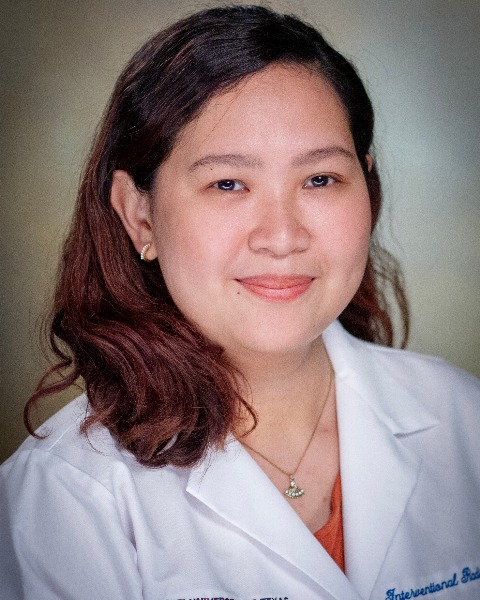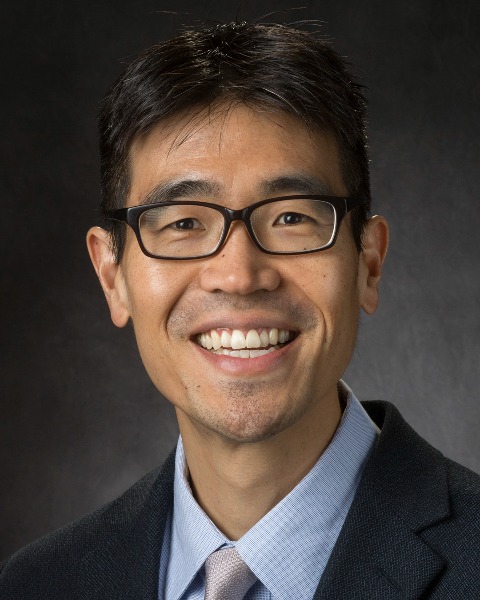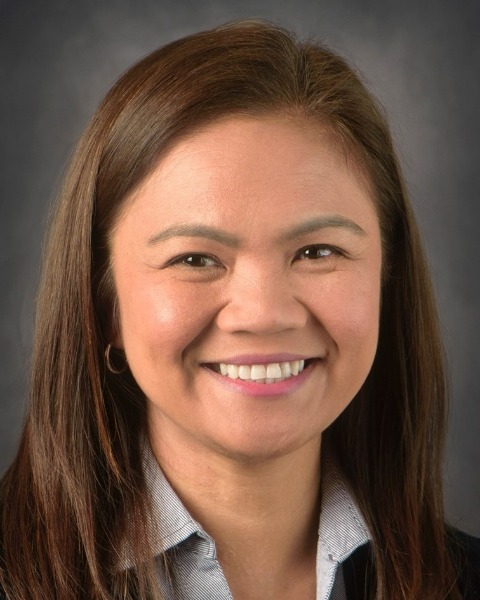Dialysis Interventions and Transplant Interventions
Bioresorbable Mesenchymal Stem Cell-Loaded Electrospun Polymeric Scaffold Inhibits Neointimal Hyperplasia in a Rat Model of Arteriovenous Fistula
.jpg)
Allan John R. Barcena (he/him/his)
MD-PhD Student
Department of Interventional Radiology, The University of Texas MD Anderson Cancer Center; College of Medicine, University of the Philippines ManilaDisclosure(s): No financial relationships to disclose
- JP
Joy Vanessa Perez, n/a
Graduate Student
U.T. M.D. Anderson Cancer Center - MB
Marvin Bernardino, n/a
Research Investigator
Department of Interventional Radiology at The University of Texas MD Anderson Cancer Center - JD
Jossana Damasco, n/a
Postdoctoral Fellow
Department of Interventional Radiology at The University of Texas MD Anderson Cancer Center 
Erin Marie San Valentin (she/her/hers)
Graduate Student
Department of Interventional Radiology at The University of Texas MD Anderson Cancer Center- HD
Huckie Del Mundo, n/a
Graduate Student
Department of Interventional Radiology at The University of Texas MD Anderson Cancer Center - AC
Andrea Cortes, n/a
Research Investigator
U.T. M.D. Anderson Cancer Center - GC
Gino Canlas, n/a
Instructor
Lamar University - JC
Jizhong Chen, M.D.
Associate Professor
Baylor College of Medicine - RA
Rony Avritscher, MD
Professor of Radiology
MD Anderson Cancer Center - NF
Natalie Fowlkes, DVM, PhD
Assistant Professor
Department of Veterinary Medicine at The University of Texas MD Anderson Cancer Center 
Steven Y. Huang, MD, FSIR
Professor
The University of Texas MD Anderson
Marites P. Melancon, PhD
Associate Professor
Department of Interventional Radiology at The University of Texas MD Anderson Cancer Center
Presenting Author(s)
Author/Co-author(s)
A wide array of perivascular interventions have shown potential in improving arteriovenous fistula (AVF) maturation by providing a direct therapeutic effect against neointimal hyperplasia (NIH), a major culprit of AVF failure. These interventions include supportive mechanical devices and cell-based therapies, such as the use of mesenchymal stem cells (MSCs) that can release immunomodulatory substances and, hence, suppress NIH. However, the clearance of MSCs from the delivery site remains a challenge. Hence, we combined two perivascular interventions by fabricating an electrospun scaffold from polycaprolactone (PCL) that could support the proliferation of MSCs at the delivery site while providing mechanical support to the maturing AVF.
Materials and Methods: We developed an AVF in a chronic kidney disease model by performing a 5/6 nephrectomy on Sprague-Dawley rats followed by AVF creation and perivascular scaffold application. We then compared the effect of the absence of a scaffold, a PCL scaffold alone, and an MSC-loaded PCL scaffold on AVF maturation and patency using ultrasonography (US), 18F-fluorodeoxyglucose positron emission tomography (18F-FDG-PET), and histomorphometry.
Results: On US, both PCL and PCL+MSC significantly reduced wall thickness, increased luminal diameter, reduced wall-to-lumen ratio, and increased flow rate, but PCL+MSC resulted in a greater improvement in luminal diameter and flow rate compared to PCL alone (Table 1). Moreover, PET showed that only PCL+MSC resulted in a significant reduction in 18F-FDG uptake. On histology, both PCL and PCL+MSC significantly reduced the AVFs’ neointima-to-lumen and neointima-to-media ratios.
Conclusion:
In vivo imaging suggests that the addition of MSCs promotes better luminal expansion and blood flow and could potentially reduce the inflammatory process that underlies NIH. Overall, our results support the use of a perivascular scaffold in maximizing the utility of MSCs against NIH.

.png)
.png)
.jpg)
.jpg)
.png)
.png)
.jpg)
.png)
.png)